Cleft lip and cleft palate are common birth conditions in which there is a small opening in the mouth. This may lead to problems in speaking and eating. The opening can be in the form of splits in the upper lip or on the roof of the mouth (palate) or both. The deformities result when the facial structure of the baby is not fully formed at the delta development stage.
Cleft lip and cleft palate repair is a procedure performed to close the opening and correct the deformity so that the child can speak and eat properly. Surgery helps restore normal functioning but sometimes the child may require additional speech therapy so that they start talking normally.
Cleft lip and cleft palate repair are usually done when the baby is 10 to 12 months old. The procedure is also known as palatoplasty.
The preparation for the surgery starts about two weeks before the scheduled date. The surgeon will perform a thorough evaluation of the baby and the parents are advised not to administer aspirin or ibuprofen to the baby, if applicable.
The nurse will note down the medical history of the baby, including past allergies, immunization, and contagious infections.
The parents have to keep the baby fasting at least 8 hours before the scheduled time of the surgery on the decided day. The baby is usually allowed to be kept on clear liquids until two hours before the surgery.
The prescription medicines for the baby need to be continued until the doctor advises otherwise.
The procedure is performed under general anesthesia. The baby is put to sleep as the procedure lasts for about 1 to 2 hours.
During the procedure, the surgeon closes the gap in the lip and the palate with the help of stitches. Most babies stay in the hospital for about 1 to 2 days. After 10 days of the procedure, the stitches are removed or they dissolve on their own, depending on the type of stitches used.
The baby is discharged within 1 to 2 days of the procedure. The procedure may leave a small visible scar, which is generally not noticeable as it is placed along the lip line.
Recovery is quick after the surgery. The baby may have some mucus for the initial few days in the mouth that is filled with blood and may therefore appear pink.
There may be excessive mucus that may come from the nose as the opening between the nose and the mouth is not closed.
The child may snore or they may feel congested for a few weeks. This gets better eventually as the swelling goes down.
For better recovery, the baby must remain well-hydrated. Since appetite may reduce after the surgery for a while, the baby must be fed enough fluids in the weeks following the surgery.
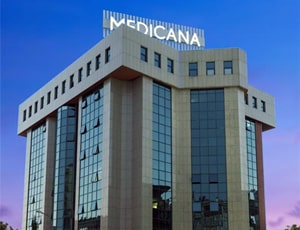
Istanbul, Turkey
Founded in 1999, Medicana Camlica is a specialty hospital of the Medicana Group which is well known ...more
![]() Private Rooms
Private Rooms
![]() Translator
Translator
![]() Nursery / Nanny Services
Nursery / Nanny Services
![]() Airport Pick up
Airport Pick up
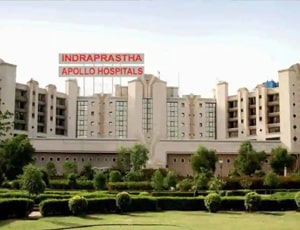
Delhi, India
Equipped with more than 50 specialty institutes, Indraprastha Apollo was started with the vision of ...more
![]() Private Rooms
Private Rooms
![]() Translator
Translator
![]() Nursery / Nanny Services
Nursery / Nanny Services
![]() Airport Pick up
Airport Pick up
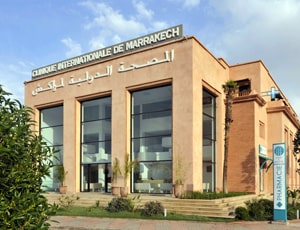
Marrakesh, Morocco
History Clinique Internationale Marrakech is opened to provide world-class medical services to the ...more
![]() Accommodation
Accommodation
![]() Airport Transfer
Airport Transfer
![]() Choice of Meals
Choice of Meals
![]() SIM
SIM
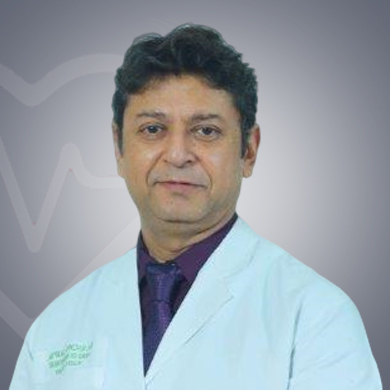
Plastic & Cosmetic Surgeon
Delhi, India
28 Years of experience
USD 42 for video consultation

Plastic & Reconstructive Surgeon
Hyderabad, India
8 of experience
USD 30 for video consultation
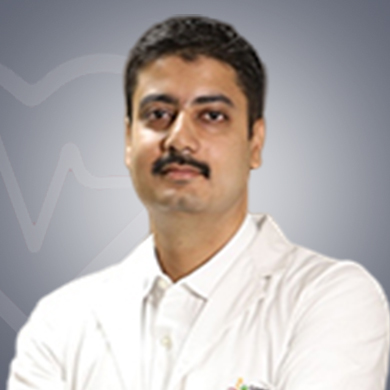
Plastic & Cosmetic Surgeon
Noida, India
12 Years of experience
USD 30 for video consultation
Q: How do you feed after cleft palate surgery?
A: It is recommended that you give children pureed foods, mashed or soft foods, and fluids for at least three weeks after the surgery. Do not give foods with chunks or crunchy material.
Q: How successful is cleft palate surgery?
A: The success rate of cleft palate surgery is more than 99 percent. Most children are treated without any complications or lasting problems.
Q: What happens if cleft palate and cleft lip are not treated?
A: The baby may suffer from issues related to feeding, speech, hearing, and dental development if the cleft palate and lip are not treated at the correct age.
Q: How do they fix the cleft palate?
A: The most common way by which the defect is closed is surgery. It is a small procedure in which the opening in the lip and the roof of the mouth is closed with the help of stitches. The baby is discharged within 1 to 2 days of the procedure.
Q: Is anesthesia given for cleft palate repair?
A: Yes, the procedure is generally performed under general anesthesia.